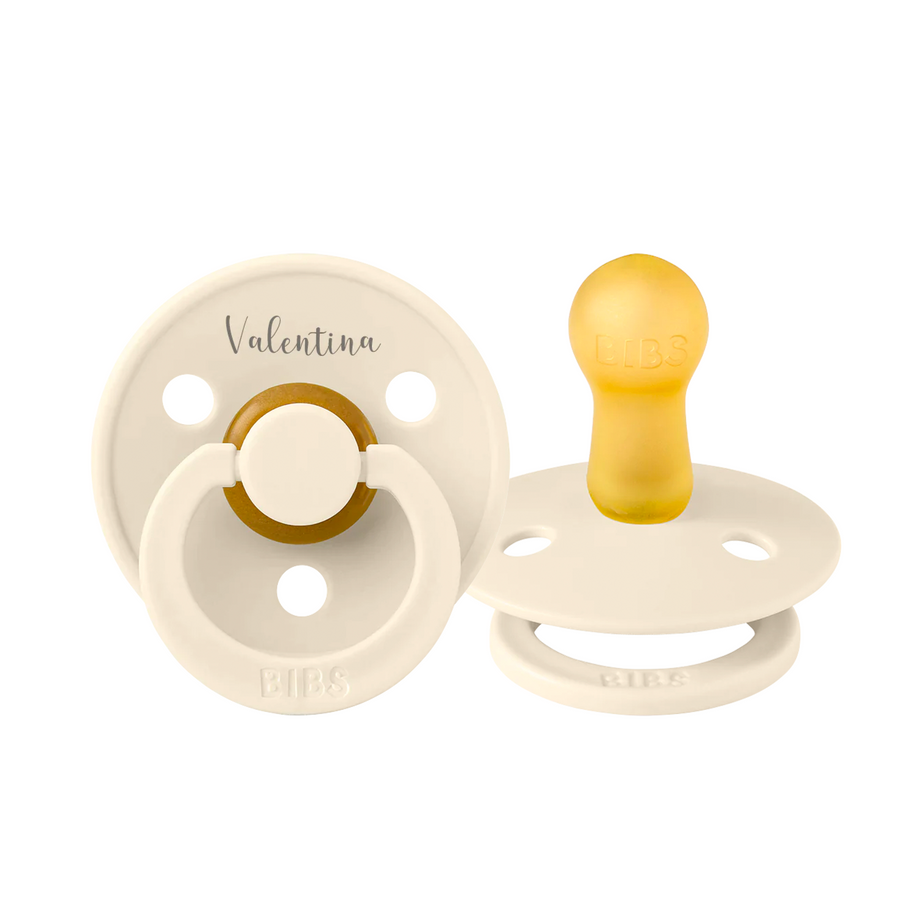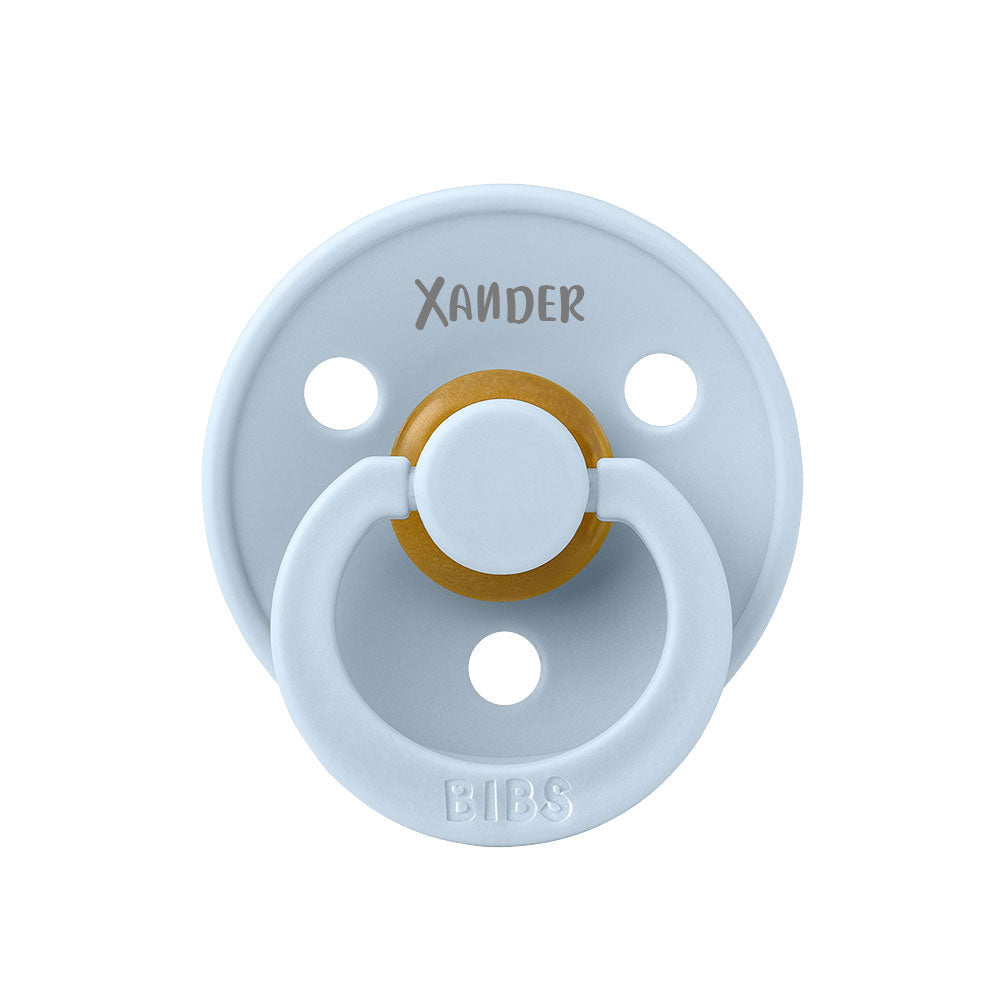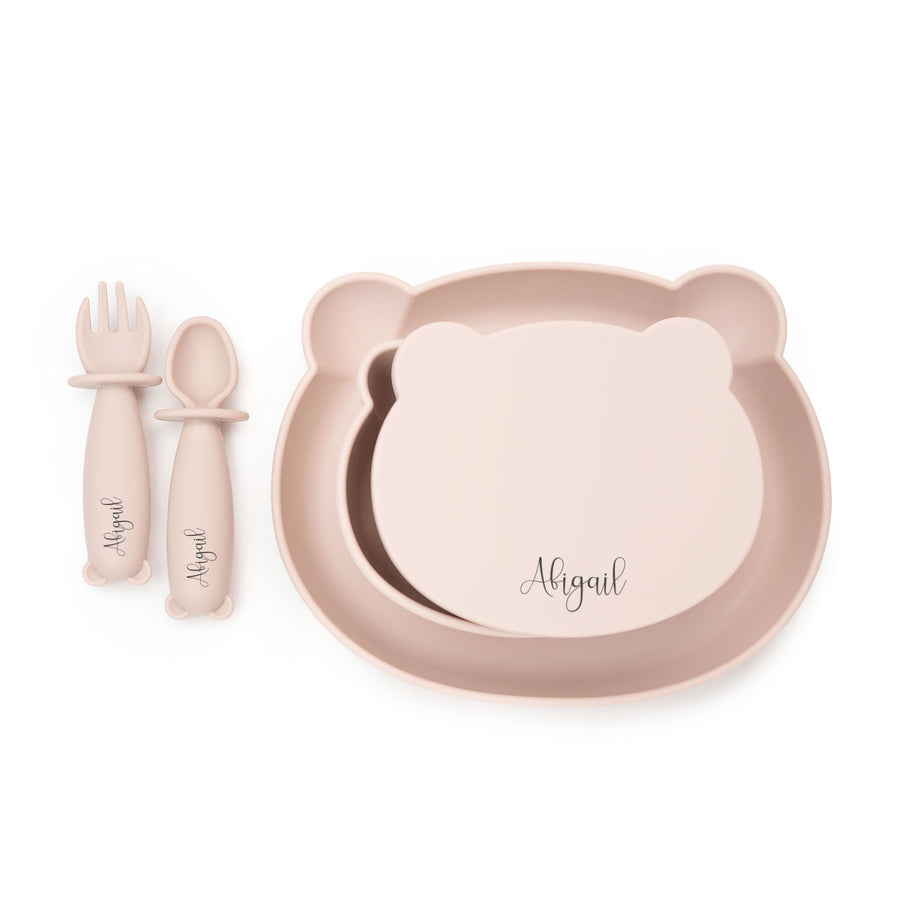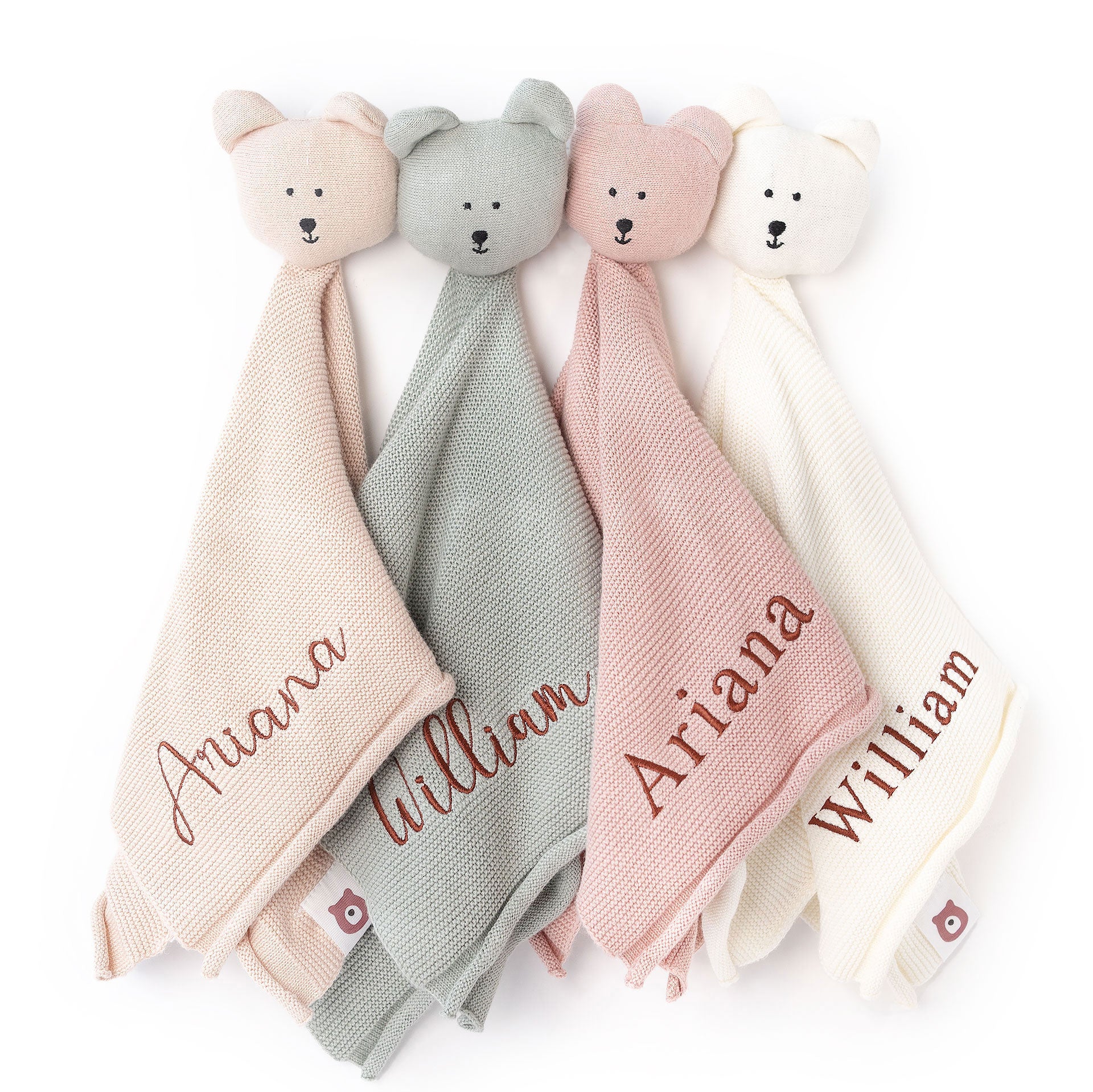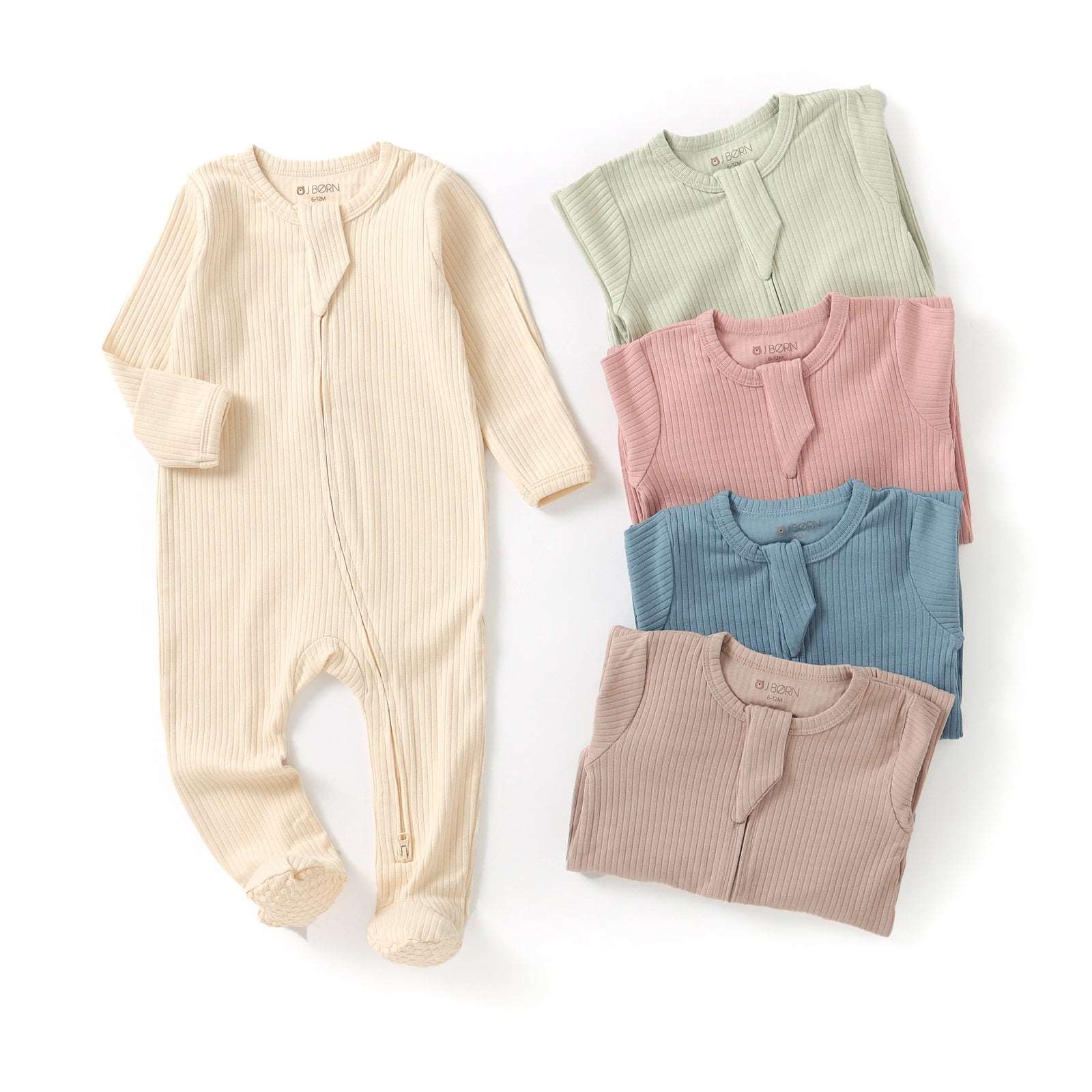Pacifier Cleaning - How to clean pacifiers?

Whether you call it a pacifier, dummy, soother, paci, or binky, it is important to adopt frequent cleaning of your pacifiers to maintain a good hygiene standard. As young kids do not have a robust immune system, it is essential to protect their items from bacteria growth. In this blog post, we will explain some of the key pointers on how to sterilize pacifiers.
Quick Don'ts
- Do not leave pacifiers in direct sunlight.
- Do not put the pacifiers in the dishwasher.
- Do not use UV or steam sterilizers for the pacifiers.
- Do not freeze the pacifiers.
How to clean pacifier before first use?
Sterilise the pacifiers when you take them out of the packaging. This is done by boiling your pacifiers for 5 minutes.
This applies to both latex and silicone pacifiers. Latex and silicone pacifiers should be sterilised separately before their first use.
Natural rubber latex can smear off to the shield in rare cases, so it is important to sterilize in plenty of water and we recommend sterilizing latex pacifiers separately. This only applies before first use.
How long to boil pacifiers to sterilize?
Boiling the pacifier for an extended period of time would destroy the pacifier. Instead, follow the instructions above to boil it for 5 minutes to kill the bacteria without compromising the durability of the pacifier. We only recommend boiling the pacifiers before the first use - not subsequent cleaning
To sterilize pacifiers subsequently, follow these three simple steps:
- Put the pacifiers in a clean bowl. Pour boiling water over the pacifiers.
- Let the pacifiers soak for approx. 5 min.
- Pick them up and let them dry on a clean towel.

TIP: When the child is over 3 months, you can also rinse the pacifier by placing them in a sieve and pouring boiling water over them. This method is faster and avoids water collecting inside the nipple.
How to get water out of pacifier?
After cleaning, it is not unusual that water remains in the nipple. This is because all our pacifier nipples are equipped with a valve, letting out air when the baby closes down on the nipple. This ventilation system causes the air from inside the nipple to be pushed out through the valve thereby flattening the nipple to shape naturally after the baby's oral cavity. The valve is also the reason why water can be present inside the nipple after cleaning and sterilization.
If this is the case, simply just squeeze the nipple flat to press out the excess water. If water drops remain in the nipple, just let the pacifier air-dry.
How often should I clean the pacifiers?
Part of good pacifier hygiene is frequent cleaning of the pacifiers. The younger the child, the more important it is to protect it from bacteria and to maintain good pacifier hygiene. This is mainly because small children’s immune system has not yet managed to get acquainted with all the different bacteria, and therefore it will not have learned to “defend” against them yet.
Premature infants and babies up to 3 months need more thorough and frequent cleaning than babies over 3 months of age. Therefore, the pacifier must be cleaned more often when the child is under 3 months. We always recommend that pacifiers are scalded at least once a day.
How to sterilize pacifier in microwave?
Latex will break down if the temperature exceeds 100°C/ 212°F. Therefore, we do not recommend microwave sterilization of natural rubber latex.
Silicone endures higher temperatures than latex. Therefore, you can use microwave sterilization for silicone pacifiers. Make sure that the temperature does not exceed 110°C / 230°F. Repeatedly exposing pacifiers to temperatures above 100°C can be harsh on them, and it will shorten their durability and lifespan over time.
Our general recommendations for microwave sterilizations is to check the manufacturer’s instructions about heat and watts, to make sure the temperature does not exceed 100°C / 212°F. In most microwaves, the pacifiers must be heated for a maximum of 60 seconds at max. 800W. Otherwise, temperatures will exceed 100°C.
NB: Always check the manufacturer’s instructions! And always remember to put the pacifiers in water in a sterilization box made for the purpose. Never place the pacifiers in the microwave without!
Can I use UV sterilizers for pacifiers?
We do not recommend using UV sterilizing devices for either natural rubber latex or silicone pacifiers. UV light only kills germs on the surfaces which the light shines on. As the pacifier tip is rounded, it would not fully sterilize the pacifier. Apart from that, the UV ray would damage the material of the pacifier.
Can I use steam sterilizer devices for pacifiers?
There are two reasons why we do not recommend stream sterilizer devices:
- We have not tested our pacifiers in all these different devices and cannot guarantee that the material will not break due to the high temperatures.
- Latex will break down if the temperature exceeds 100°C. To use steam sterilizers people, need to check the manufacturer’s instructions for the sterilizer about heat and watts, to make sure the temperature does not exceed 100°C.
Can I use sterilizing solution for pacifiers
We do not recommend using the sterilizing solution for latex pacifiers, as the solution can damage the latex if the pacifier is left in for longer than recommended.
Can I put pacifiers in my dishwasher?
Do not clean the pacifiers in a dishwasher. The cleaning agents will damage the material (both latex and silicone) and it can become brittle. Furthermore, most dishwashers do not reach temperatures high enough to sufficiently sterilize the pacifiers.


